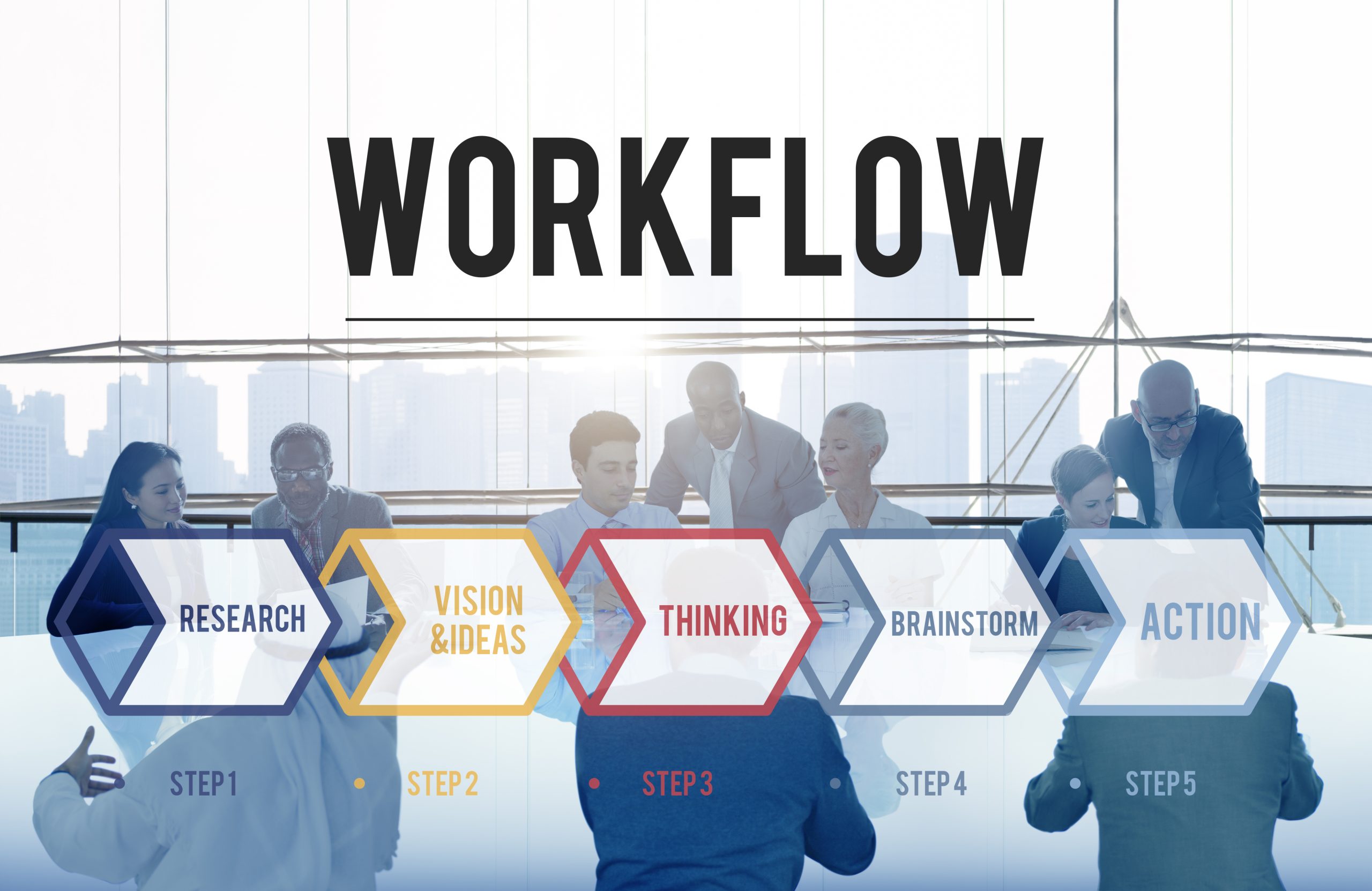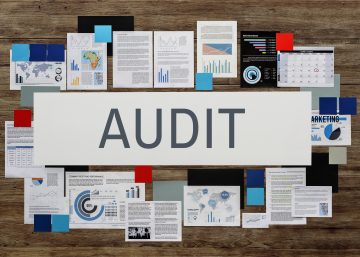Are you drowning in a sea of tax forms, client emails, and looming deadlines? As a tax consultancy firm, managing workflows efficiently can feel like an uphill battle. But what if there was a way to transform your chaotic processes into a well-oiled machine?
Imagine a world where client onboarding is seamless, tasks are allocated with precision, and communication flows effortlessly. Picture your team free from mundane, repetitive tasks, focusing instead on high-value work that drives results. This isn’t just a dream – it’s the reality for firms that have mastered the art of workflow management.
In this article, we’ll explore the best practices for managing workflows in tax consultancy firms. From client onboarding to leveraging data analytics, we’ll cover everything you need to know to enhance your firm’s efficiency and client satisfaction.
Streamlining the Client Onboarding Process
Effective workflow management begins with how you onboard your clients. A streamlined onboarding process sets the stage for a successful working relationship and prevents future inefficiencies.
Gone are the days of paper-based onboarding. By using digital intake forms, you can capture accurate client information while reducing the time spent on manual data entry.
- Improved accuracy: Fewer manual errors in client data collection.
- Faster processing: Information is processed instantly, saving time.
- Reduced paper usage: More environmentally friendly and easier to store.
- Enhanced experience: Clients appreciate the convenience of user-friendly forms.
Creating a centralized document repository allows your team to access client information from one place, boosting collaboration and reducing the chances of misplacing important documents.
- Collaboration: Team members can work on client files simultaneously.
- Data security: Centralized storage with controlled access enhances security.
- Version control: Easily track document versions to avoid confusion.
Having a checklist ensures you collect all the necessary information from each client, making the onboarding process smoother and reducing errors.
- Consistency: Ensures that no essential information is overlooked.
- Efficiency: Faster data collection, reducing delays.
- Better client experience: Clients know exactly what’s needed from them.
One of the biggest challenges in tax consultancy is managing multiple tasks across different projects and clients. The right tools can simplify this process.
Task management software helps allocate and track tasks for each team member. Automation features ensure that tasks are assigned to the right people at the right time.
- Clear visibility: Know what each team member is working on.
- Accountability: Ensure tasks are completed within deadlines.
- Reduced errors: Automatic reminders help avoid missing deadlines.
Not all tasks are created equal. Prioritizing work based on urgency helps ensure that deadlines are met and high-priority clients are served first.
- Focus on what’s important: Tackling high-priority tasks first reduces stress.
- Improved productivity: Less time is spent on low-value work.
Automation is a powerful tool for improving efficiency, especially when it comes to repetitive tasks.
Repetitive tasks like invoice generation, tax filing reminders, or document management can be easily automated, freeing your team for more valuable tasks.
- Time savings: Less time spent on routine tasks.
- Reduced errors: Automation ensures accuracy.
Automated emails and updates can keep clients informed without draining your team’s time.
- Consistency: Clients receive timely updates on their case status.
- Better client satisfaction: Keeping clients in the loop improves their experience.
Good communication is key to any successful tax consultancy. When communication is fragmented across multiple channels, it can lead to confusion.
Platforms like Slack or Microsoft Teams consolidate communication, ensuring everyone is on the same page.
- Improved collaboration: Teams can share updates and files instantly.
- Client communication: A central place for client messages ensures nothing is missed.
Timely responses are crucial for client satisfaction. Monitoring the speed of your communication ensures clients feel valued.
- Benchmark response times: Set a target for responding to client queries.
- Accountability: Keep track of communication and ensure no queries are missed.
Tracking the progress of tasks and overall workflows is essential for identifying areas of improvement.
Workflow monitoring tools help track the progress of each task in real time.
- Real-time updates: See the status of every task instantly.
- Identify bottlenecks: Spot inefficiencies early and fix them.
Analytics tools can provide valuable insights into how efficiently your team is working and where improvements can be made.
- Data-driven decisions: Use metrics to make informed workflow adjustments.
- Performance tracking: Measure individual and team performance against key indicators.
A tax consultancy firm is only as strong as its team. Effective collaboration can make or break your workflows.
Encouraging collaboration between different departments (e.g., accounting and legal) ensures that clients receive comprehensive solutions.
- Unified approach: Solving complex client issues with input from all departments.
- Faster resolutions: More efficient problem-solving leads to quicker results for clients.
Cloud-based tools like Google Workspace allow team members to work together on documents, even if they’re in different locations.
- Improved collaboration: Real-time edits and comments streamline teamwork.
- Version control: Everyone works on the latest version of the document.
The tax landscape is constantly changing, and your team must stay up to date to remain competitive.
Ensure your team is continuously trained on new tools, processes, and regulatory changes.
- Enhanced efficiency: Well-trained employees can handle workflows faster and with fewer errors.
- Fewer mistakes: Ongoing training reduces costly mistakes.
A knowledge base provides your team with a centralized resource for workflow documentation and best practices.
- Quick reference: Employees can find answers without having to ask.
- Standardization: Ensures that everyone follows the same procedures.
In a world where data breaches are increasingly common, ensuring data security and compliance is critical for tax consultancy firms.
Using encryption, secure servers, and controlled access can protect sensitive client information.
- Enhanced security: Protect your firm from data breaches and fines.
- Client trust: Reassure clients that their data is safe.
Conduct regular audits to ensure that your firm remains compliant with industry regulations.
- Stay compliant: Avoid penalties by keeping up with the latest regulations.
- Proactive approach: Identify and address issues before they become problems.
Conclusion :
Effective workflow management is the key to success in tax consultancy. By streamlining client onboarding, automating repetitive tasks, and enhancing team collaboration, your firm can achieve new levels of efficiency and client satisfaction. Implement these best practices, and watch your firm transform into a smooth-running operation.
FAQs :
Q.1 What is workflow management in tax consultancy?
Workflow management involves organizing and optimizing tasks and processes to ensure smooth operations.
Q.2 How can workflow management improve client satisfaction?
By streamlining processes, you can offer faster, more accurate services, leading to happier clients.
Q.3 How do you prioritize tasks effectively in tax consultancy firms?
Prioritize tasks based on deadlines and importance to ensure timely service.
Q.4 Can automation replace human interaction in tax consultancy?
Automation can handle repetitive tasks, but human interaction is still crucial for personalized service.
Q.5 How do you ensure data security when managing tax workflows?
Implement encryption, secure servers, and regular audits to protect sensitive data.
Q.6 What are the most common workflow management mistakes in tax firms?
Common mistakes include lack of standardization, poor task allocation, and not leveraging automation tools.
Q.7 How can data analytics improve tax consultancy workflows?
Analytics can identify inefficiencies and help make data-driven improvements to your workflows.
Q.8 How important is team collaboration in workflow management?
Strong collaboration ensures that tasks are completed accurately and on time, improving overall efficiency.
Q.9 How often should workflow processes be reviewed?
Regularly review workflows to ensure they are optimized for efficiency and compliance with current regulations.
Interested in improving your customer satisfaction, increasing client retention, preventing revenue leakage, maximizing efficiency and effectiveness? Register for a demo of ERPCA, India’s first multi-lingual, mobile-app based practice management software for CA firms, tax consultants, financial services advisory firms and more. Better still, sign up for a 14-day free trial of ERPCA and see for yourself the wonderful features and benefits of this software.










